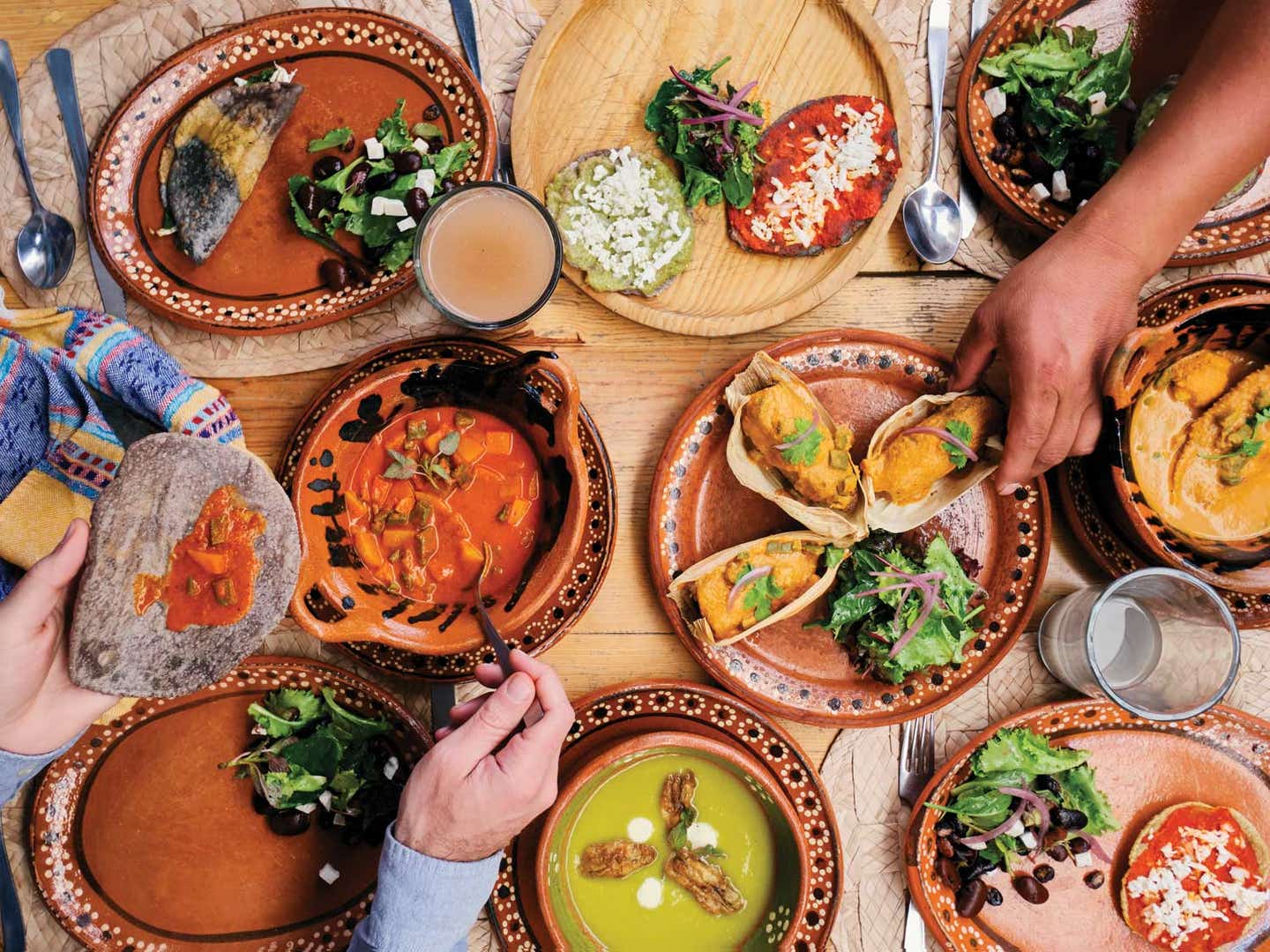
Culinary Migrations: Puebla to Philadelphia (and Back Again)
After living and working for years in Philadelphia, a group of cooks from Puebla, Mexico, have returned home to infuse new life into their village’s restaurant scene.
Every meal at Milli begins with a complimentary chalupa. One of the cooks griddles a small, handmade corn tortilla atop a hot comal until it’s bronzed on both sides, then layers it with smoky red salsa and homemade queso fresco. It’s a humble gift—and a warming first taste of the restaurant’s pueblo cooking.
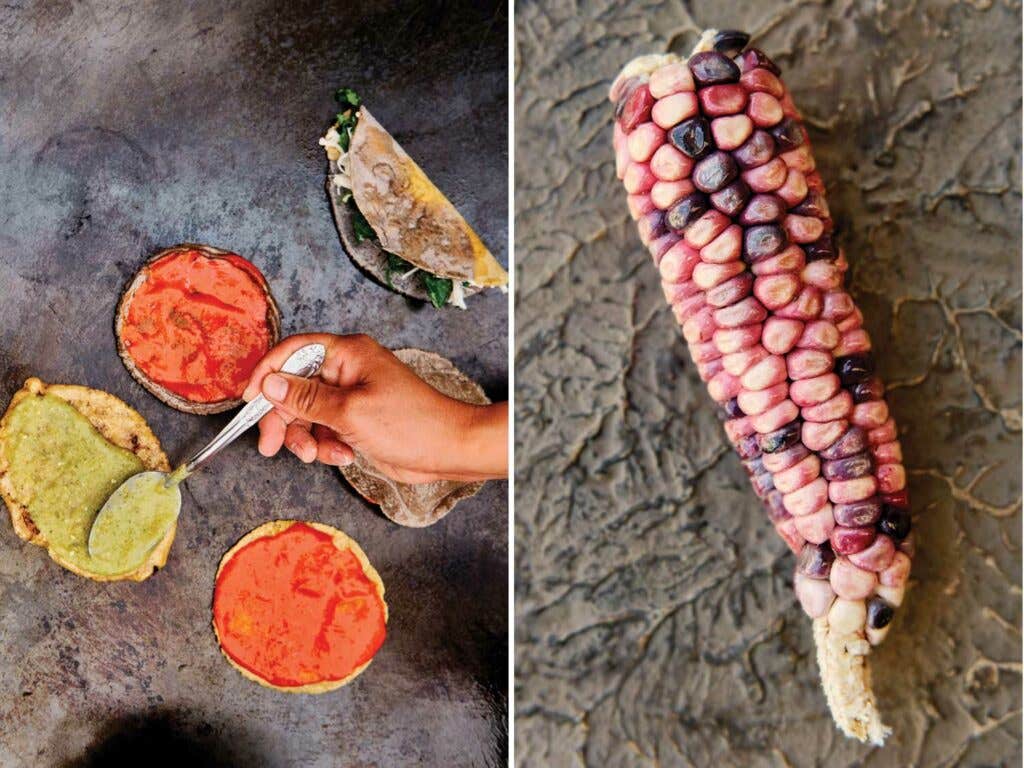
One of Milli’s owners, Leo Téllez, says that other local chefs who come to his restaurant often end their meal with hopes of emulating the dishes they tasted. A common line of questioning is about the restaurant’s fresh masa. Leo answers amicably, knowing that the skill takes time to hone. “If you just want the final dish, that’s not how it works,” he says. “You have to feel the maiz, touch it, even plant it.”
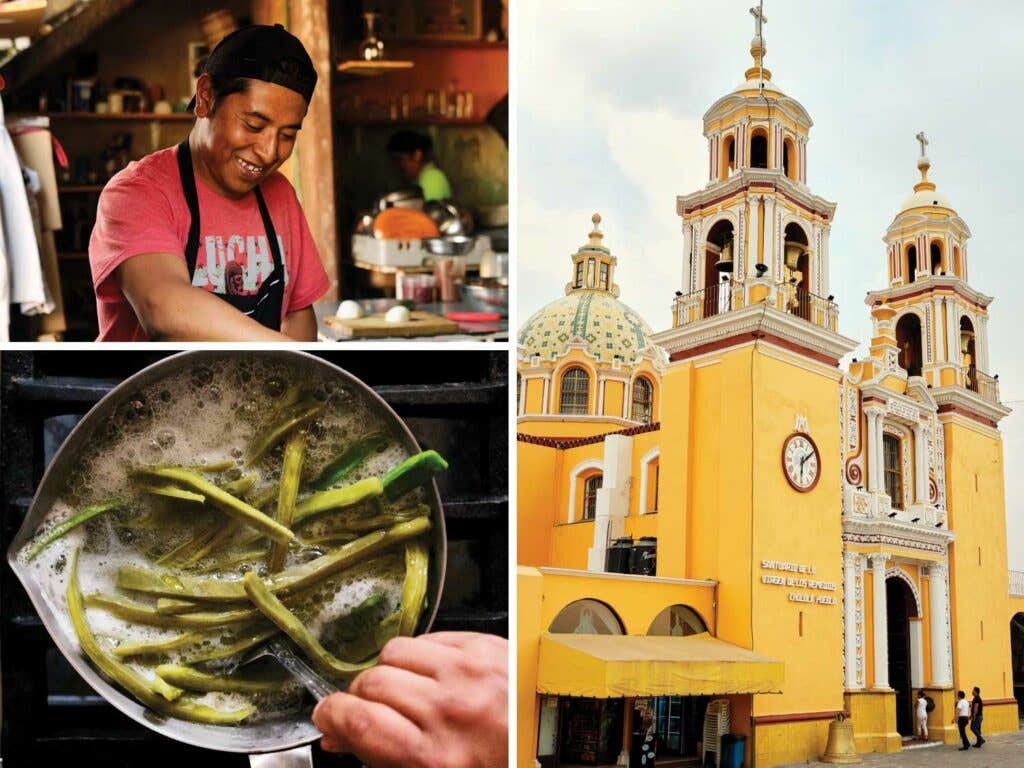
Milli is remarkable for two reasons: First, most of the restaurant’s employees work there just half the week so they can tend to their farms in Ozolco on the remaining days. The heirloom maiz and most other ingredients used at the restaurant come fresh from either their own lands or their neighbors’. Second, all five of Milli’s founders are migrants. At some point in their lives, each of them left their home in Mexico for Philadelphia—where a large population of Ozolco natives currently reside—and have since made the journey back. Because there are few government or community resources to support them, they are proactively creating culinary and agricultural opportunities for themselves and others. “If no one gives us anything,” Leo says, “we have to do things ourselves.”
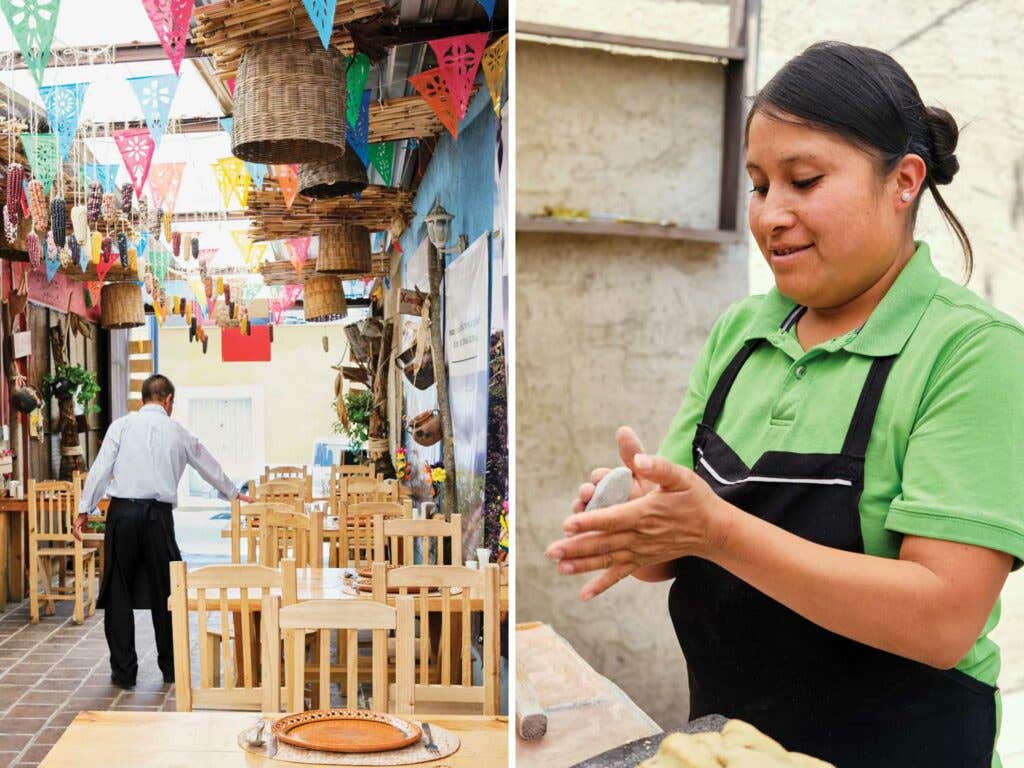
Ozolco is a small town, and the five friends and owners met each other over the years through family members or acquaintances. Each has a similar tale of crossing the border and returning. Benjamin Téllez, the restaurant’s soft-spoken waiter (no relation to Leo), crossed many times and spent nine years in Philadelphia before ultimately being deported for being undocumented. Ricardo Perez, who has a huge smile and knows just a few English words, lived there for 10 years, progressing from dishwasher to cook. Bernardo Rincon made it across the border on his first try, despite being robbed by drug traffickers, and lived in Philadelphia for three years before being sent home. Lino Hernandez, Milli’s head chef, left Ozolco when he was just 15 and worked for 14 years in restaurant kitchens in the U.S. Leo, who in his early 20s had never so much as left his hometown, made three attempts at walking through the deserts of northern Mexico before he made it into the U.S. He eventually landed in Philadelphia too, where he stayed with family for two years, working where he could as a dishwasher, cook, and boat refurbisher.

The journey to Philadelphia is a well-worn trail from Ozolco, a poor agricultural town in the state of Puebla, nestled on the slopes of two volcanoes about two and a half hours from Mexico City. In the 1980s, Puebla’s economy was particularly dire, with few opportunities for making a living. A few brave souls headed north seeking jobs and affordable housing, and landed in New York City. But rising rents and the restaurant downturn in the wake of the September 11 terrorist attacks forced them to look elsewhere—and they settled in Philadelphia. Ever since, hundreds more have followed their family and friends, working and sending money back home to provide for those left behind. Today, it’s estimated that a third of Ozolco’s former population, more than 1,000 people, currently reside in South Philly, the majority undocumented.
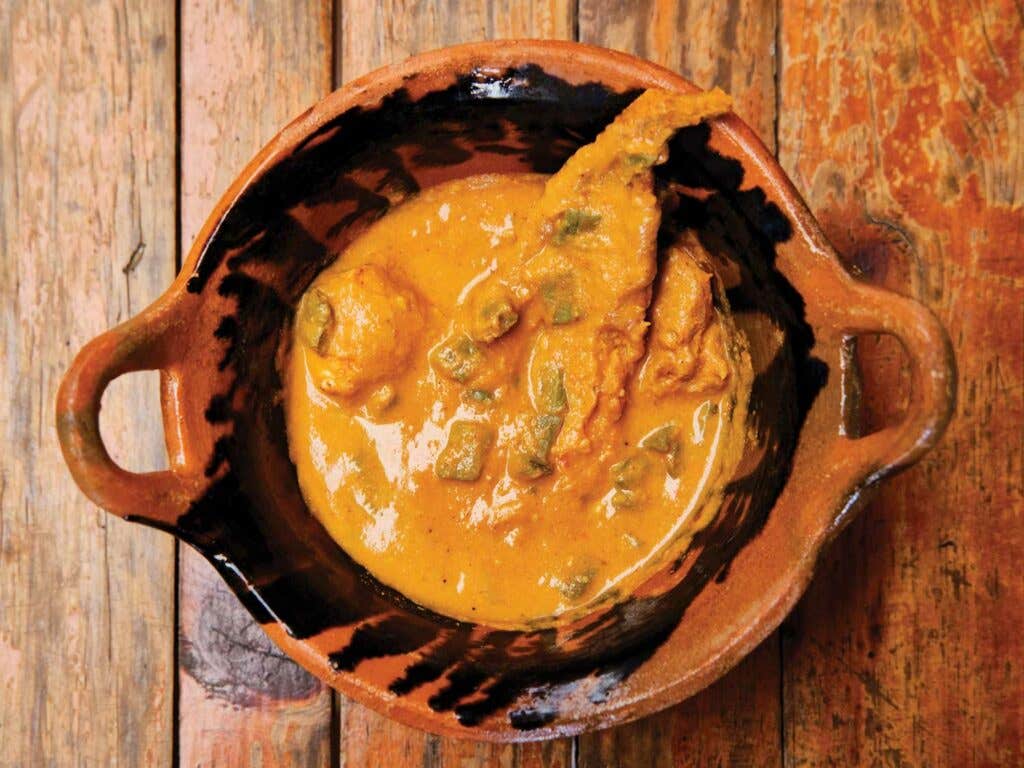
City life had definite appeal. “I had work, I made money, I could help my family, I was building a house [in Ozolco],” Leo says. “But at the same time, you work every day. And I missed a lot of things.” These included his hometown’s festivals and the annual planting of the maiz. After two years, he decided to return, and flew home to a big meal of his family’s beloved mole de olla.
The rest of Milli’s owners returned in waves, connecting and planning as opportunities arose, and growing various projects in fits and starts. Leo and his co-founders each speak of their time in America as something both in the past and still alive. They all have family and friends there; cellphones keep them connected. There’s a biweekly courier service that leaves Ozolco on Wednesdays and Saturdays, and arrives the next day in Philadelphia. They use it to send care packages filled with mole, sweet pan de muerto, walnuts, and pinole, a type of roasted, sweetened ground corn. “It was hard to leave Philly. I had spent almost half my life there,” says Lino, who missed his parents and returned home to help support them. “Sometimes when I’m here, I dream I’m there.”
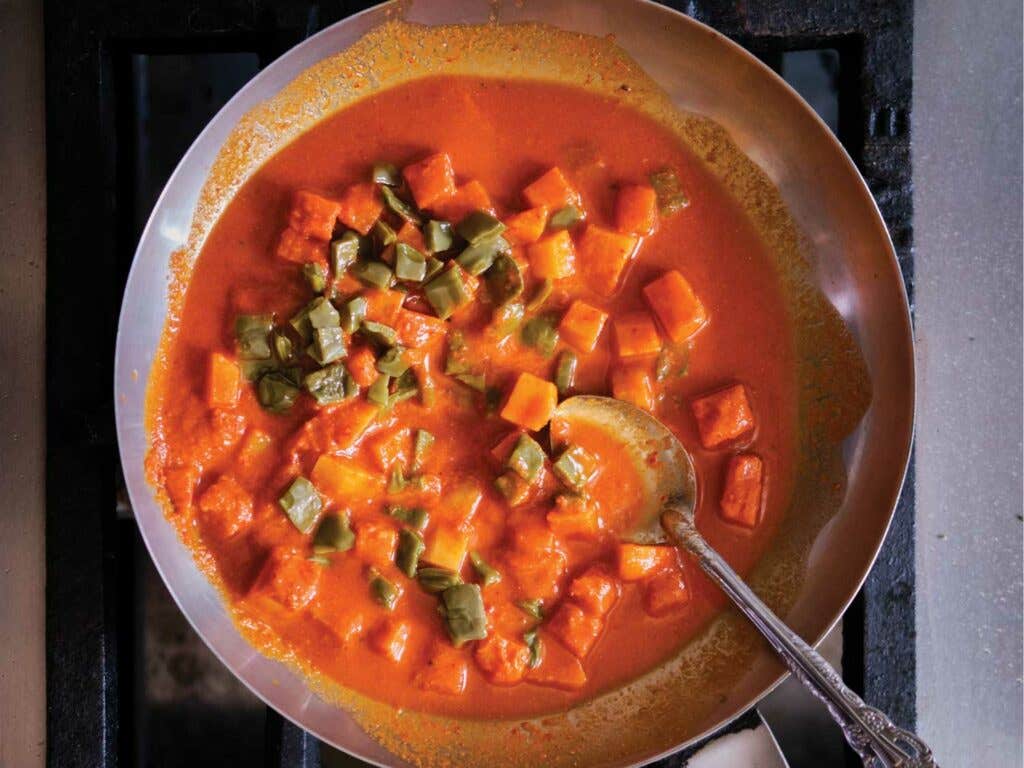
Others are returning home now too. In the last decade, more Mexicans have left the U.S. than have entered it, and young people are less inclined to leave Ozolco today as the journey grows more dangerous and expensive. “I think a lot of people want another option before leaving their family, their kids,” Leo says. Before Milli, he and other former migrants started several other cooperatives, organizing both an annual music and pulque festival, and making ice cream and tostadas. But doing something new has been hard in a conservative town wary of change and new ideas; there are few supporters besides one another. “In the pueblo, everyone doubts what you’re capable of, doubts that you have ambition to do things, because you’re young,” Leo says. “They don’t know that we intend to be successful.”
Gabriella Hernandez, Lino’s wife, hovers over the comal on the edge of Milli’s dining room. She never left Ozolco, but both of her brothers live in Philadelphia. With quiet speed, she presses freshly ground red, blue, and yellow masa into spongy disks for tortillas, oblong tlacoyos that get stuffed with refried ayocote beans, salsa-smeared sopes, or quesadillas filled with leafy green quelites and stringy quesillo cheese. “It’s difficult work,” Lino says. “Women are taught how to make tortillas when they are kids, but not us. They make tortillas every day in the pueblo.”
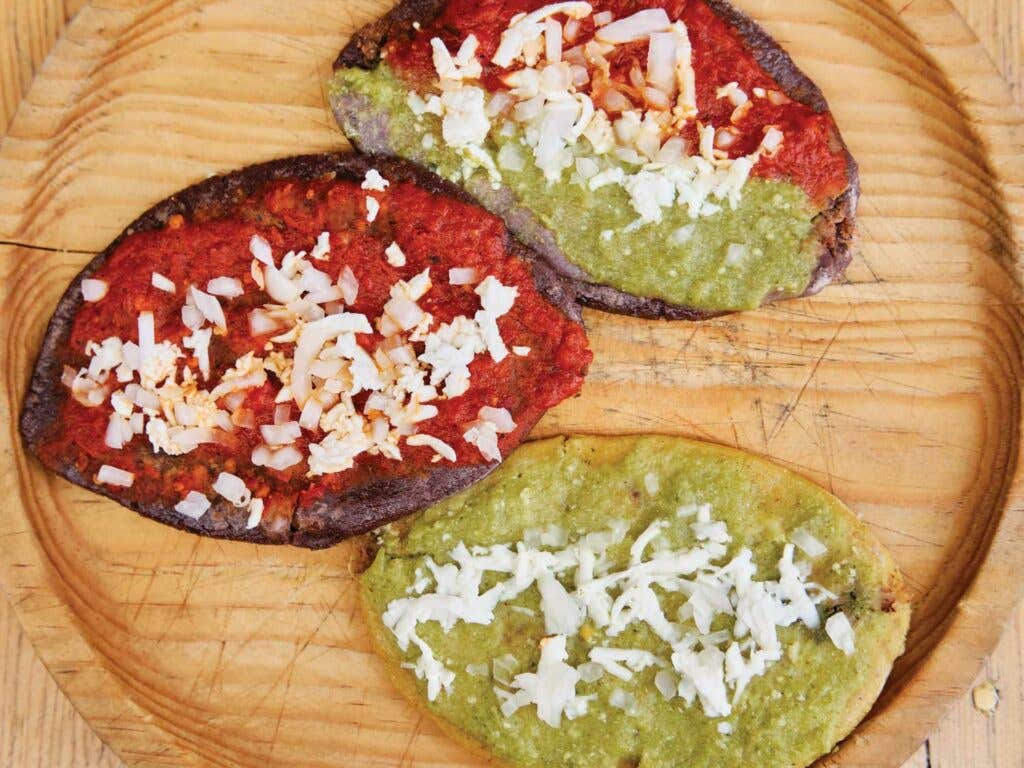
Lino learned how to cook many of Milli’s traditional, seasonal dishes from his mother. In winter, he prepares a traditional Nahuatl dish called ayonanactl, in which chilacayote squash are buried to ferment for 15 days under the heat of the sun. He then combines the pulp with onion, garlic, mint, and guajillo chiles to make a pre-Hispanic-style tamale with a surprisingly fishy flavor. But his time abroad has also encouraged him to take more creative approaches to some preparations. Milli’s version of the popular mole poblano (“mole” comes from the Nahuatl word mōlli, or “sauce”) is significantly spicier and without the customary chocolate. In a spicy, chile-tomato mich mole, the cooks use dried bandera fish fillets from the Pacific coast of Chiapas to add brininess and umami. In the spring, they make tacos from shredded, cooked maguey (agave) hearts, and turn the flowers, which only bloom once in the plant’s 15- to 20-year life span, into a soup, tempering its bright green bitterness with dollops of crema. The cooks feature fresh corn elote, walnuts, and capulin cherries in late summer, and a soup of orange marigold flowers in the fall.
For the people of Ozolco, food and land are both a comfort and a means to make a living. On the edge of town, terraced farm plots lead down into the surrounding valleys, in which newly built homes with elaborate metal gates are scattered in various states of completion. Many are empty, waiting for their owners to return from Philadelphia, where they’re still working to pay for the construction. Here, farmers practice the traditional milpa agricultural system, in which maiz, beans, squash, maguey, and other plants are cultivated together to enhance yields and encourage sustainable, nutrient-rich farmland year after year. Women carry buckets of nixtamalized corn to community molinos, or corn grinders, to make their masa. There’s a tortilleria in town too, but tortillas are more commonly made at home.
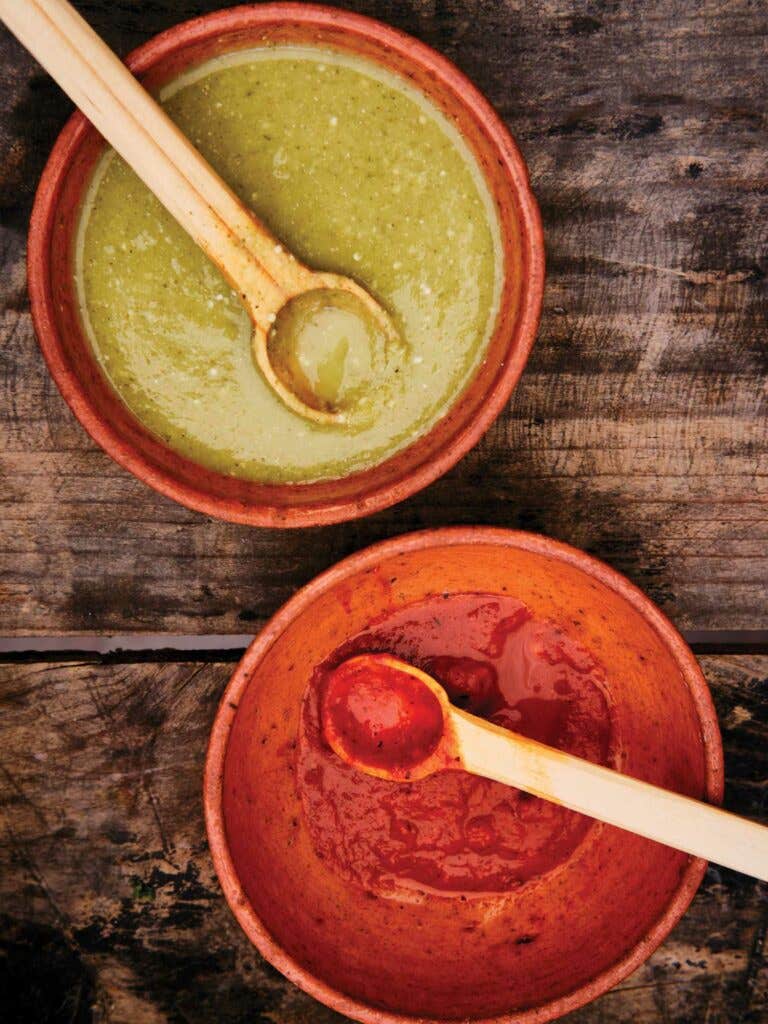
Mazolco, another company co-founded by Leo, makes all the tostadas and corn chips for Milli, with an eye to rebuilding the heirloom corn market long diminished by American GMO hybrids. Patricia Hernandez, another co-founder, says they’re hoping the wages they pay and the quality of their product will bring more value to what’s produced in the fields, in turn creating better livelihoods for the farmers. “The community knows how much we pay at Mazolco,” Patricia says. “Now when people from outside come to buy maiz for cheap, the growers can refuse to sell.”
At the end of the day at Milli, Leo points out a saying on one of the walls, which reads in Nahuatl: “A flower said to me that my heart is content when I care for my milpa.” From the comal, Gabriella plates some chalupas, and Benjamin delivers the offering to a table of tourists. They believe the dish and the gesture behind it help build meaningful changes; from the kitchen to the field, they’re making traditional ways of living relevant again for those both here and in Philadelphia. “I like selling our products that come from Ozolco. I’m happy. I feel we’re doing something good,” Leo says. “But the thing I’ve thought the most about is how to include more people. We’re not the only ones.”
Keep Reading
Continue to Next Story










